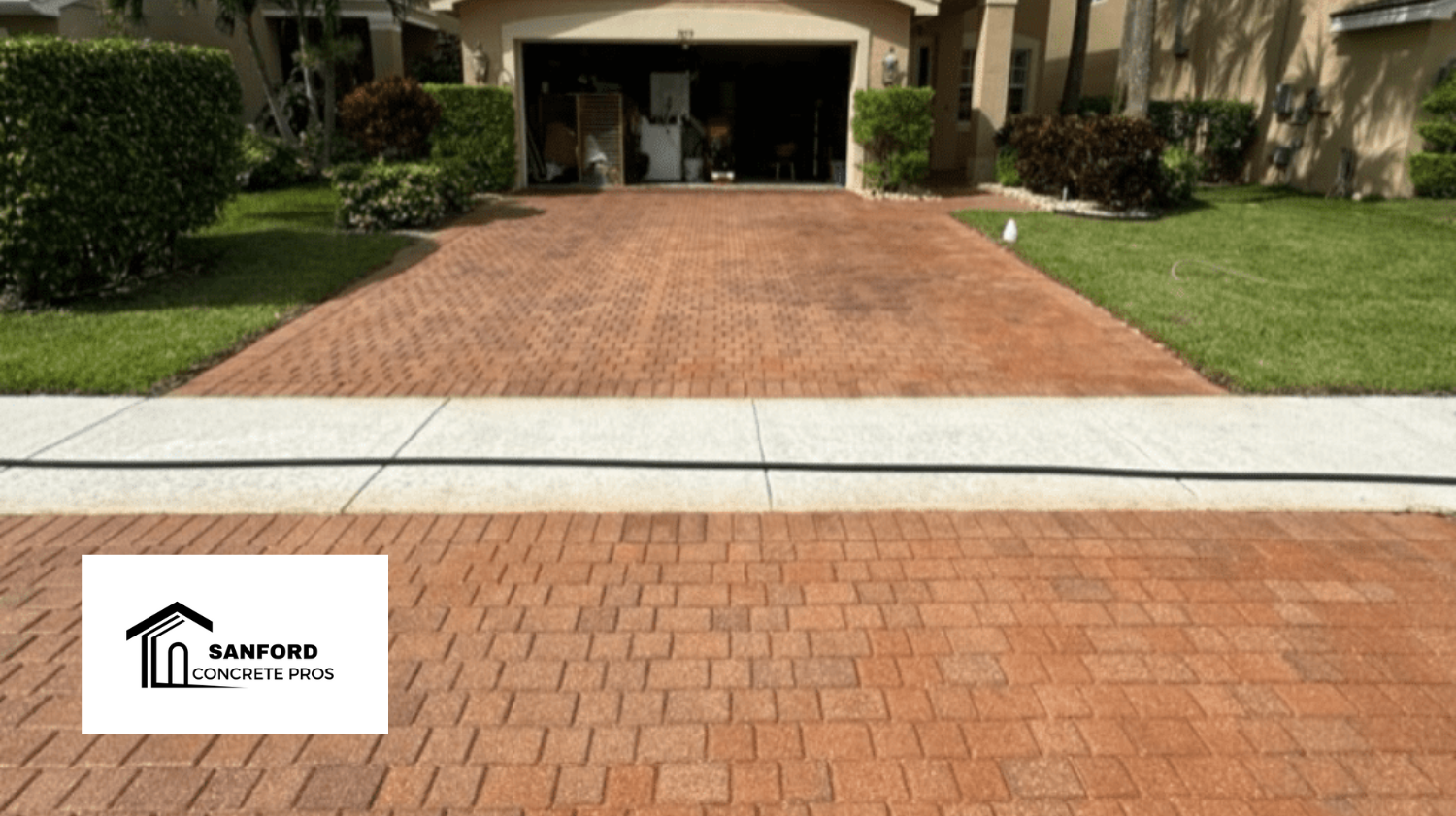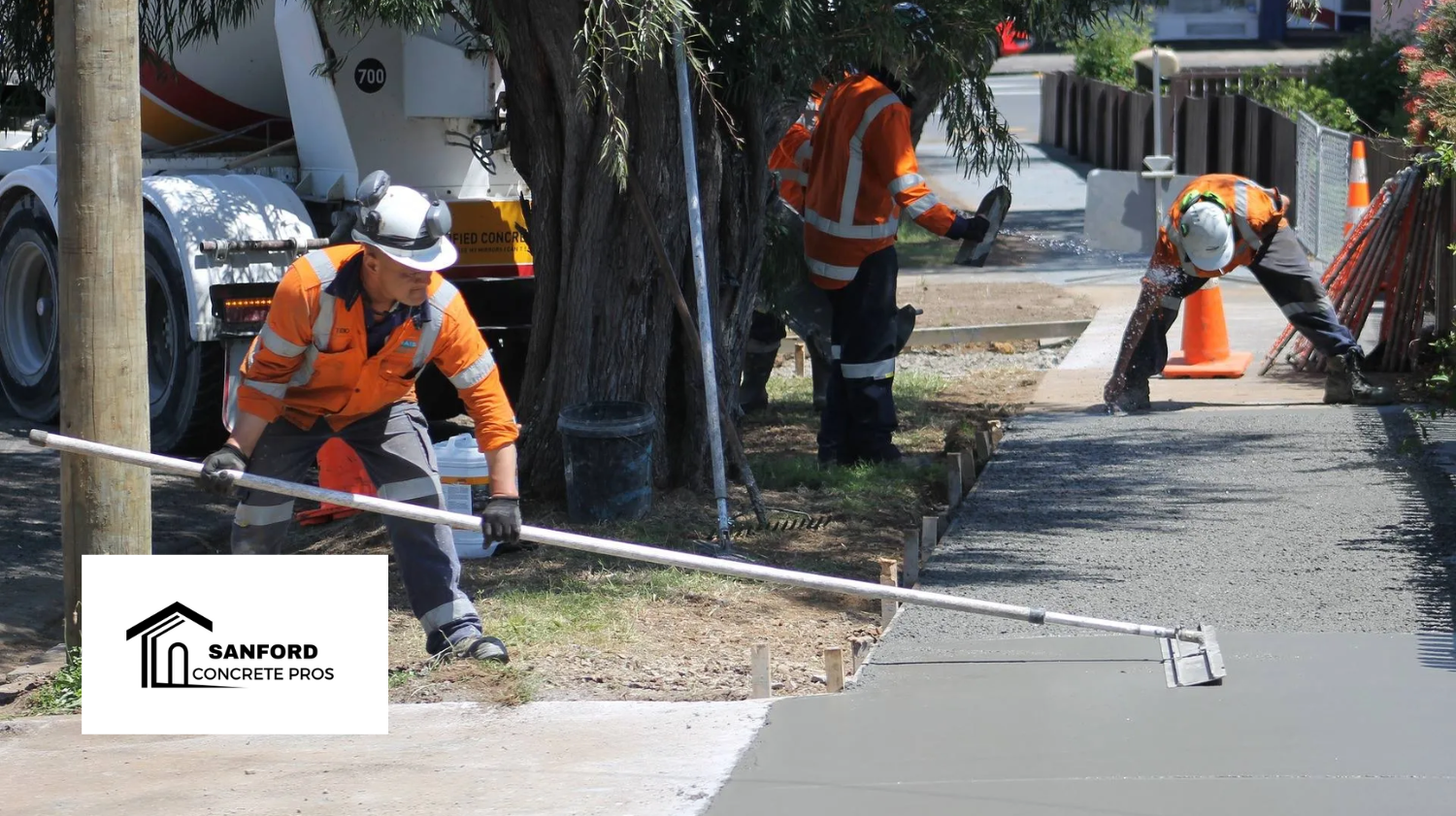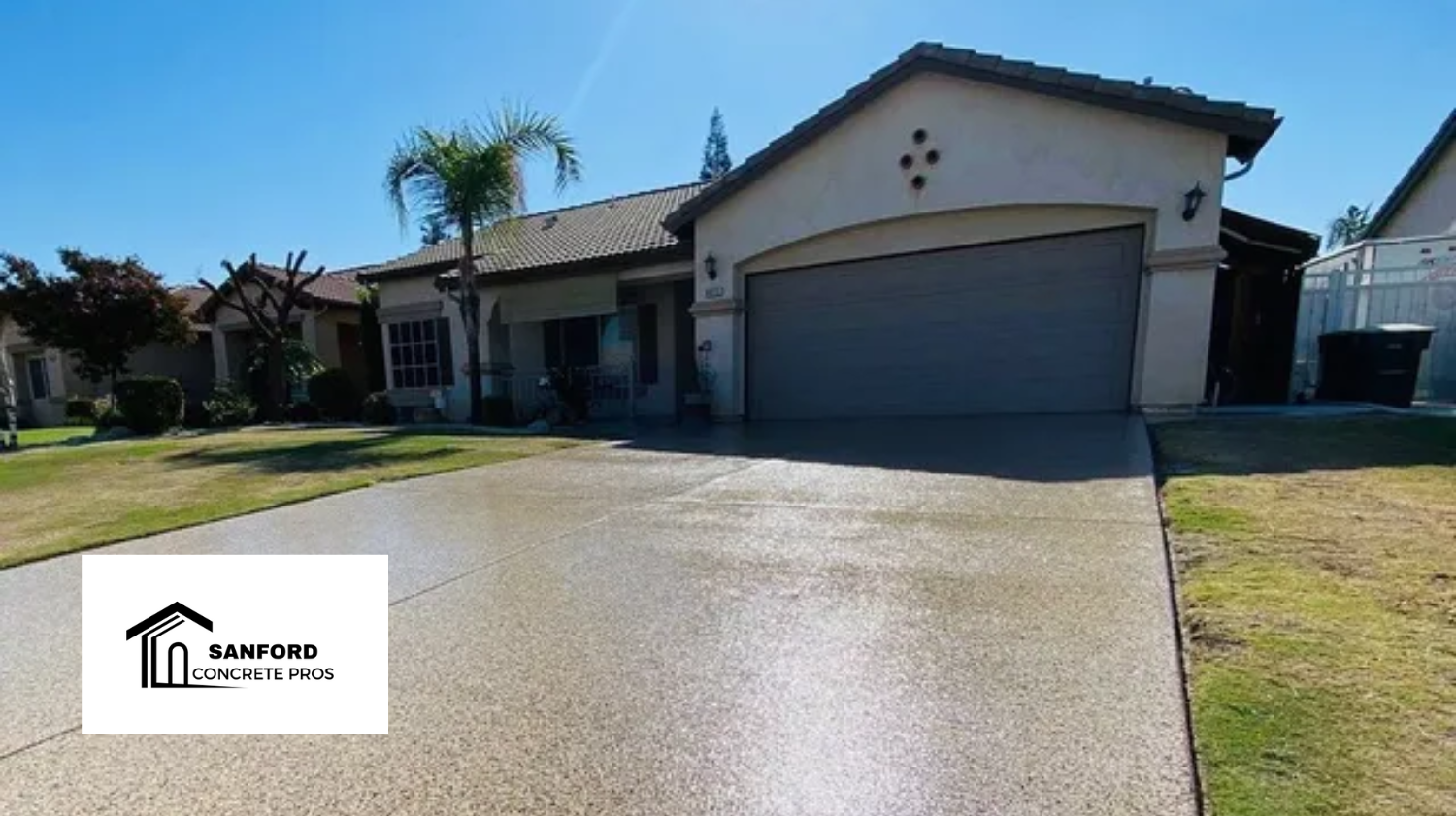Understanding Concrete Curing: Why It Matters for Your Project
Understanding Concrete Curing: Why It Matters for Your Project
Concrete curing is a critical step in ensuring the strength and durability of any concrete project. Without proper curing, concrete can fail to reach its full potential, leading to cracks, surface defects, and a shorter lifespan. This blog will explain the importance of Concrete curing is a vital step in any construction project, ensuring the material achieves maximum strength and longevity. Without proper curing, concrete may fail to reach its full potential, leading to issues like cracks, surface defects, and premature wear. This article focuses on the importance of curing concrete, particularly in Florida’s challenging climate, and provides best practices to ensure durable and reliable results for your concrete installations in Sanford and beyond.
What Is Concrete Curing?
Curing is the process of maintaining optimal moisture, temperature, and time conditions for freshly poured concrete to harden and reach its designed strength. It ensures complete hydration—the chemical reaction between water and cement—allowing the concrete to develop its structural integrity. Improper curing can cause rapid moisture loss, weakening the material and increasing its susceptibility to cracking.
Why Curing is Crucial for Durability
The curing process directly impacts concrete's strength and durability. By supporting the material's structural development, proper curing reduces vulnerability to stress and environmental factors over time. Poorly cured concrete often suffers from surface imperfections, reduced load capacity, and a shortened lifespan.
Key Benefits of Proper Curing:
Increased Strength: Proper curing ensures that concrete reaches its full design strength, enhancing its ability to withstand heavy loads.
Improved Durability: Well-cured concrete is resistant to cracking, freeze-thaw damage, and weather-related wear.
Enhanced Appearance: Curing helps prevent surface issues like scaling and dusting, preserving the aesthetic appeal of your concrete surfaces.
Best Practices for Concrete Curing in Florida’s Climate
Florida’s hot and humid conditions pose unique challenges, as high temperatures can cause water to evaporate too quickly, leading to premature drying and weakened concrete. Adopting specific strategies can mitigate these risks and ensure proper curing.
1. Start with Moist Curing
Keeping the concrete surface consistently moist during the initial days after pouring is one of the most effective methods in Florida's climate. Techniques such as misting with water, applying wet burlap, or covering with plastic sheeting help retain moisture, preventing early drying. Moist curing is especially critical for projects like concrete patio installation, where durability is essential.
2. Use Curing Compounds
Curing compounds form a protective layer over the concrete surface, reducing water evaporation. This method is particularly useful for larger installations, such as commercial concrete services, where maintaining consistent moisture levels can be challenging.
3. Timing is Critical
Begin the curing process as soon as the concrete is firm enough to withstand curing materials, typically within a few hours of pouring. Florida’s heat can accelerate moisture loss, so acting quickly is essential to prevent weak spots and cracks in your concrete driveway installation.
4. Monitor Temperature Levels
High temperatures in Florida can cause surface shrinkage and cracking. Adjust your curing methods based on temperature conditions. For example, mist more frequently or apply extra curing compounds during excessively hot days to ensure optimal results for residential concrete services.
How Long Should Concrete Be Cured?
The curing duration depends on the project and environmental factors. In most cases, concrete should be cured for a minimum of seven days. For installations requiring higher strength or enduring heavy use, extending the curing period to 14 or 28 days can significantly improve durability and performance.
Achieving Long-Lasting Results
Proper curing is indispensable for creating strong, durable, and visually appealing concrete structures. This is especially true in Florida’s climate, where managing heat and moisture levels is crucial to preventing cracks and surface flaws. Whether you’re working on a concrete pool deck installation or another major project, following these best practices ensures long-lasting results.
For expert guidance and professional services tailored to Florida's conditions, consult our team today.










